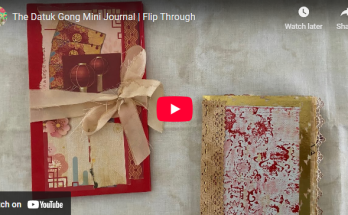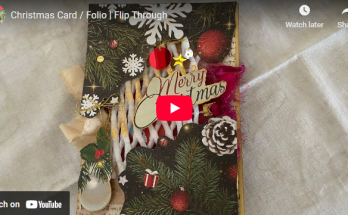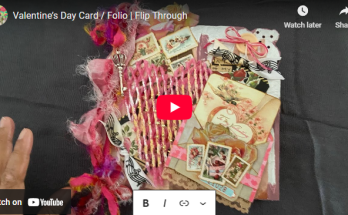By Sharmini Jayawardena
These are some important and interesting links on textiles here and here.
————————————————————
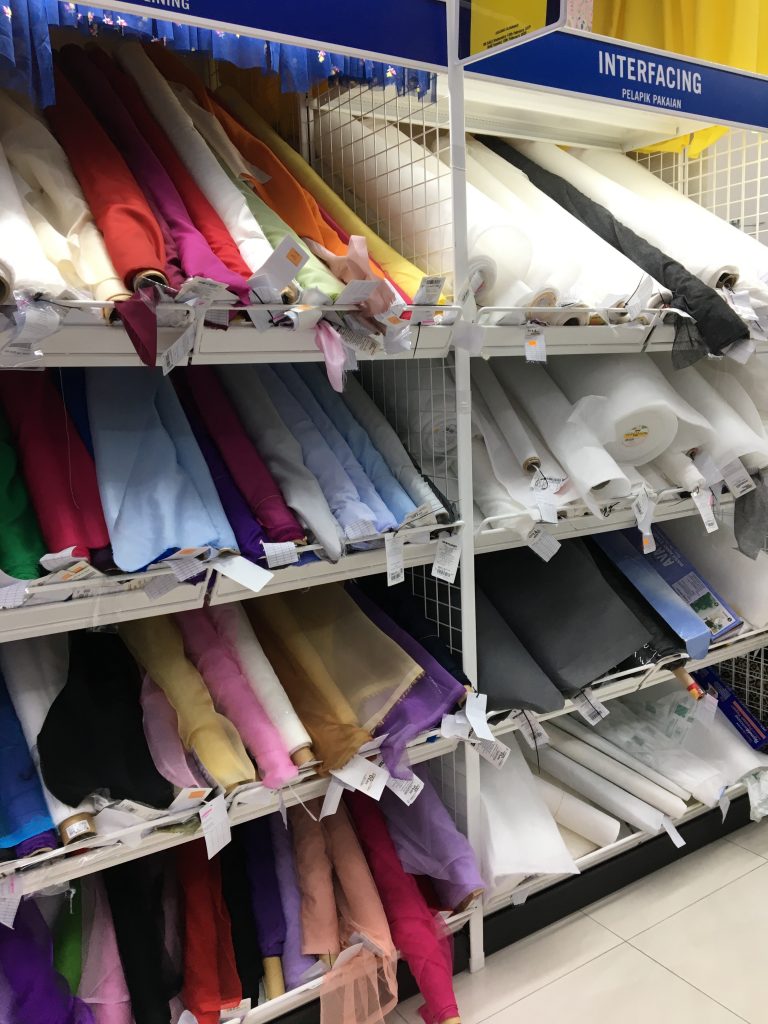
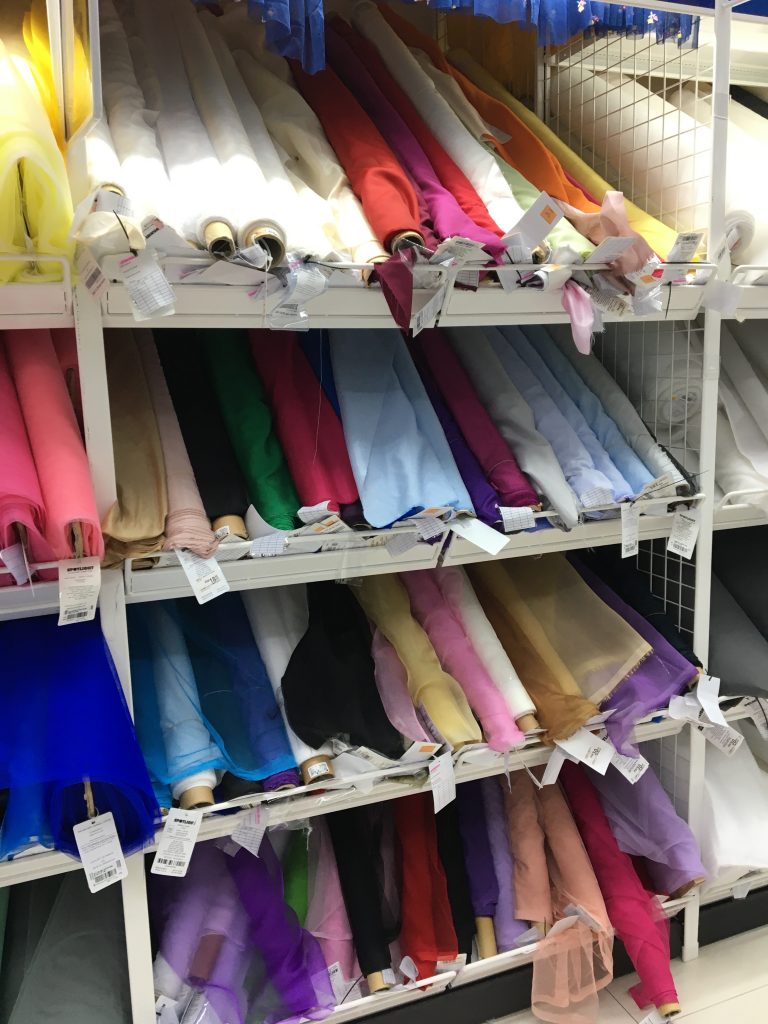
Fabric on display at a high end craft shop
Let me begin at the beginning. I need to say that my affinity for fabrics came from my mother who was trained in dress 
Beyond that, while a student myself, I kept or maintained a book 


This, urged me to venture into stitching my own clothes, as well as my mother’s, in my teenage years.
My mother would make all of the paper patterns or blocks as she called them with newspaper back issues or old newspaper.
I would create my own design most of the time, or copy a design from the fashion magazines, and use the basic patterns created by my mother to cut and stitch my dresses 

This is how my interest in fabrics and stitching grew. I express my eternal gratitude to my mother for sharing all of her knowledge and expertise with me.
Let us consider this post a tribute to my mother, Irene Marguerite Jayawardena. I love 
What is Warp and Weft in the business of making fabric.
1.Gingham – 1/4” Red Gingham Fabric
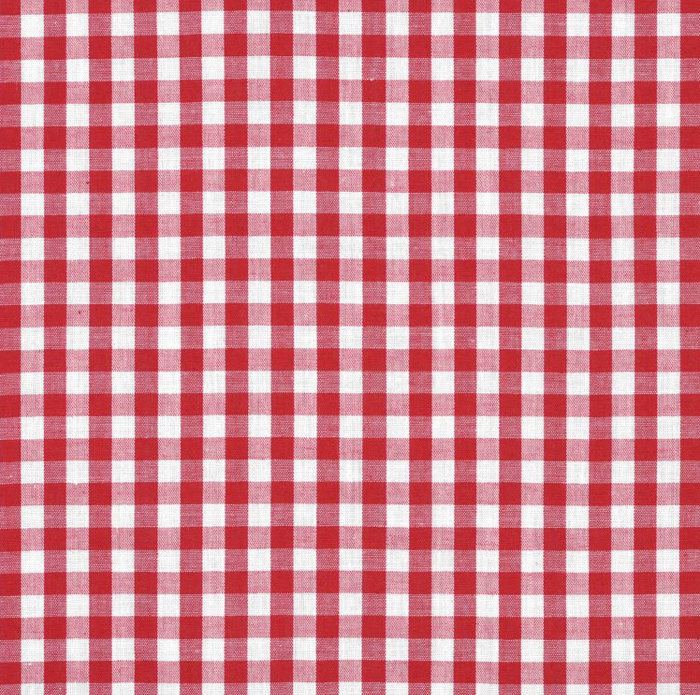
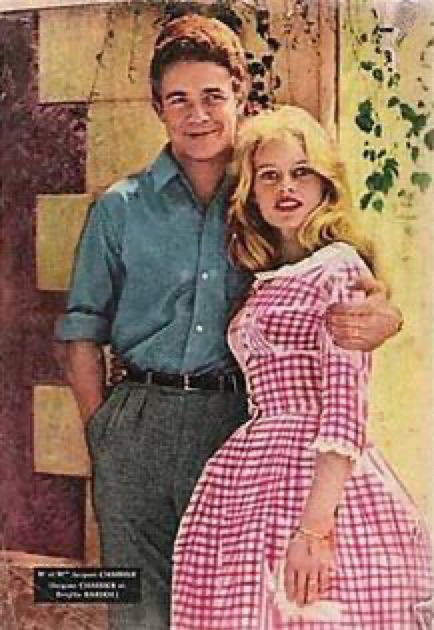
Brigitte Bardot, with second husband, Jacques Charrier, in her groundbreaking Gingham and Broderie Anglaise, wedding dress, made by fashion designer, Jacques Esterel.
2. 100% Cotton – 100% Cotton Embroidery Fabric Cream
Update, 24th August 2023: I found this wonderful link while searching Cotton Fabrics used in Journaling and I just had to share it HERE.
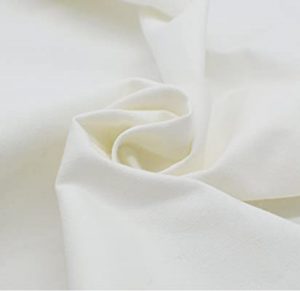
3. Polyester – stretch polyester, 98% polyester, 2% elastane for making shirt, dress, skirt, trousers
4. Woolen – 100% Woolen
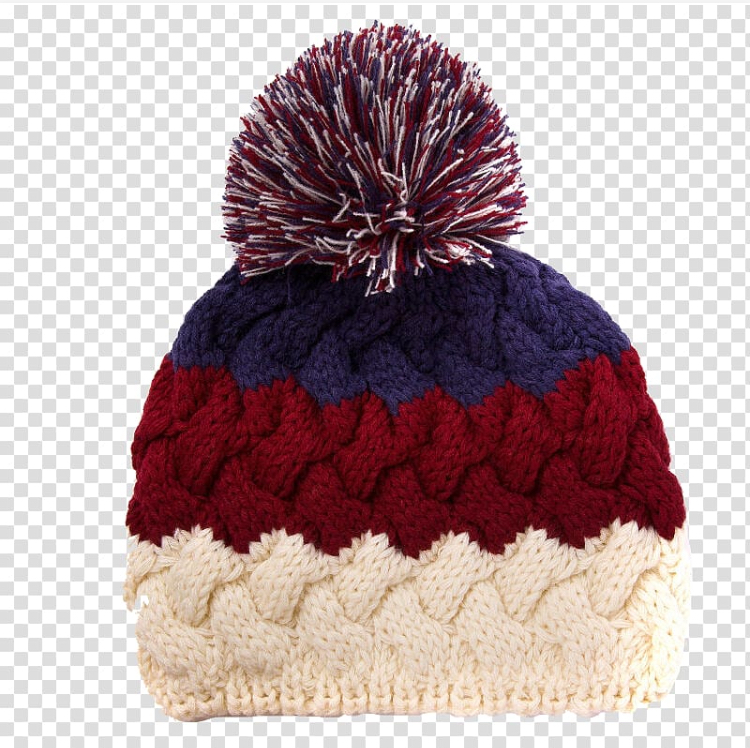
5. Taffeta – Plain Taffeta Fabric
What is Taffeta fabric.
6. Buckram – Buckram is used in stiffening collars and cuffs. Little girls’ can cans were made of buckram in the ‘60s.
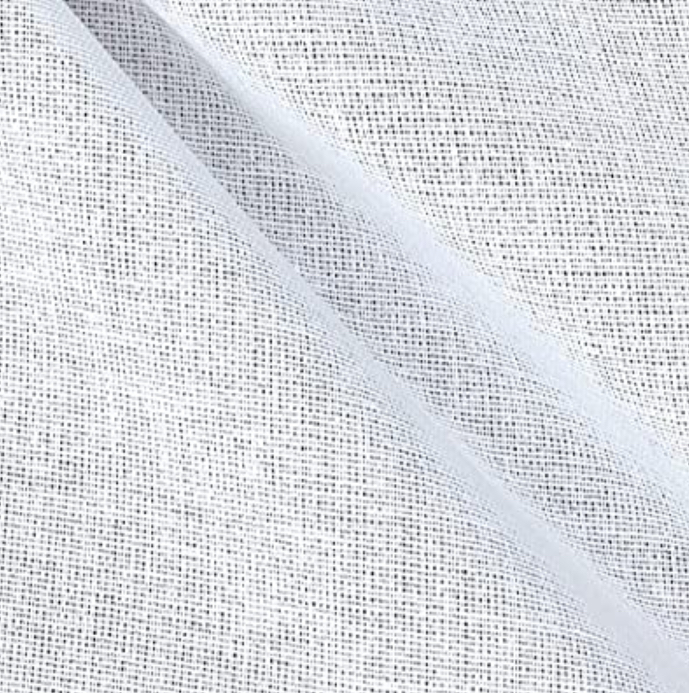
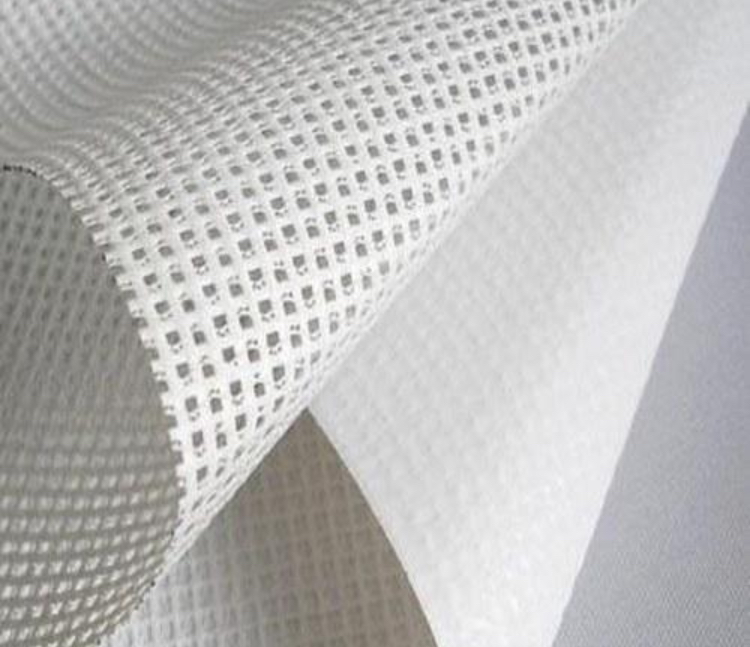
Buckram – can can.
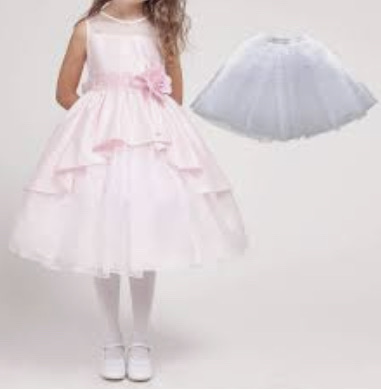
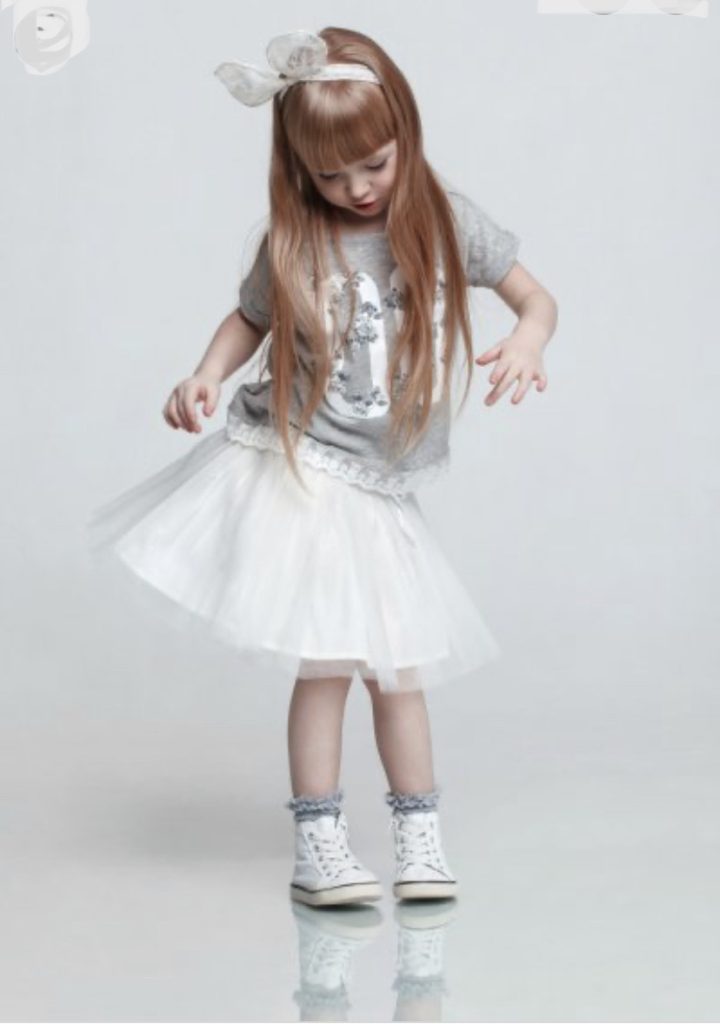
7. Satin
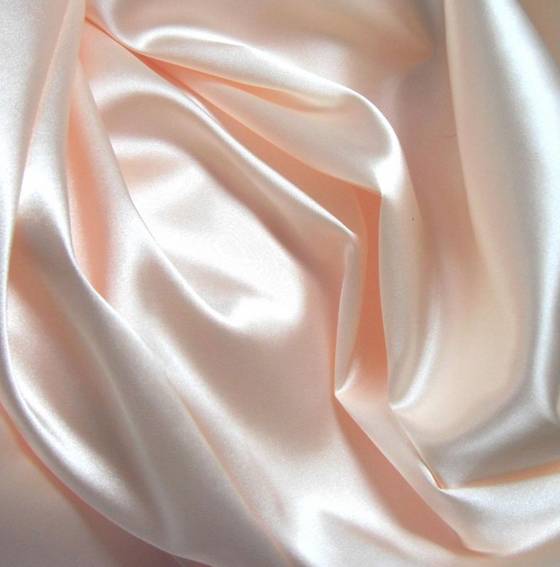
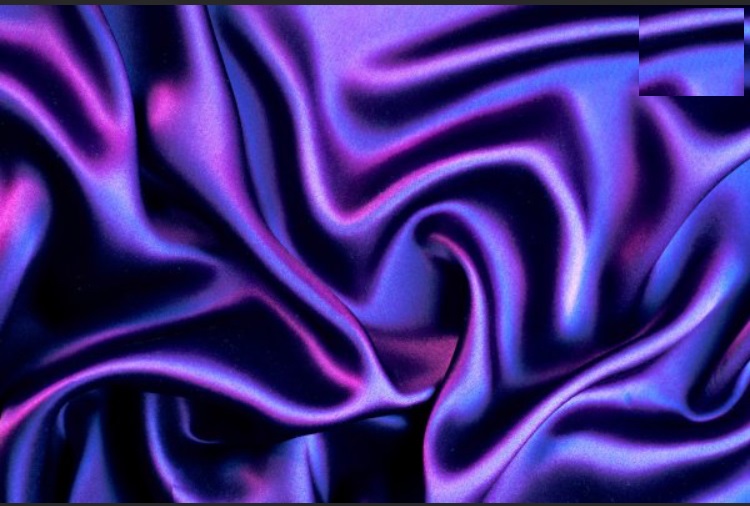
8. Laces – Broderie Anglaise, Guipure Lace, Chantilly lace, Eyelash lace fabric and trimming, Tissue lace, Embroidered lace.
9. Paisley
10. Chintz
11. Calico – Amu rédhi in Sinhala, also known as raw cloth.
12. Muslin – In Masterpieces of the Oral and Intangible Heritage of Humanity – UNESCO
13. Denim
14. Gossamer
15. Silk, Kashmir silk
16. Tweed
17. Twill
18. Cheviot
19. Homespun or Handloom
20. Sued
21. Gabardine
22. Damask
23. Crepe
24. Herringbone
25. Hounds Tooth
26. Tulle
27. Burlap
28. Tartan or Plaid

29. Viscose – not flammable
30. Rayon – flammable
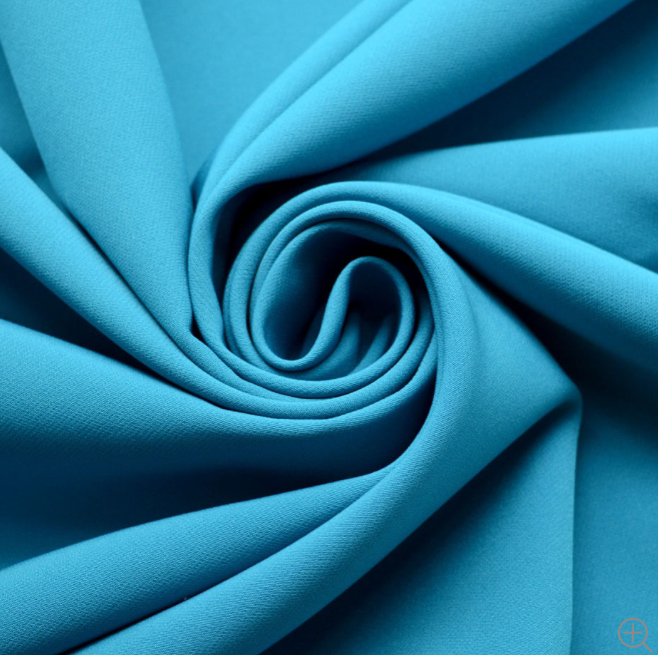
31. Linen
32. Jutesine
33. Brocade
34. Tapestry
35. Netting
36. Velvet
37. Voile
38. Chiffon
39. Nylon
40. Georgette
41. Sateen
42. Organza
43. Organdy here and here
44. Chameues
45. Challis
46. Poplin
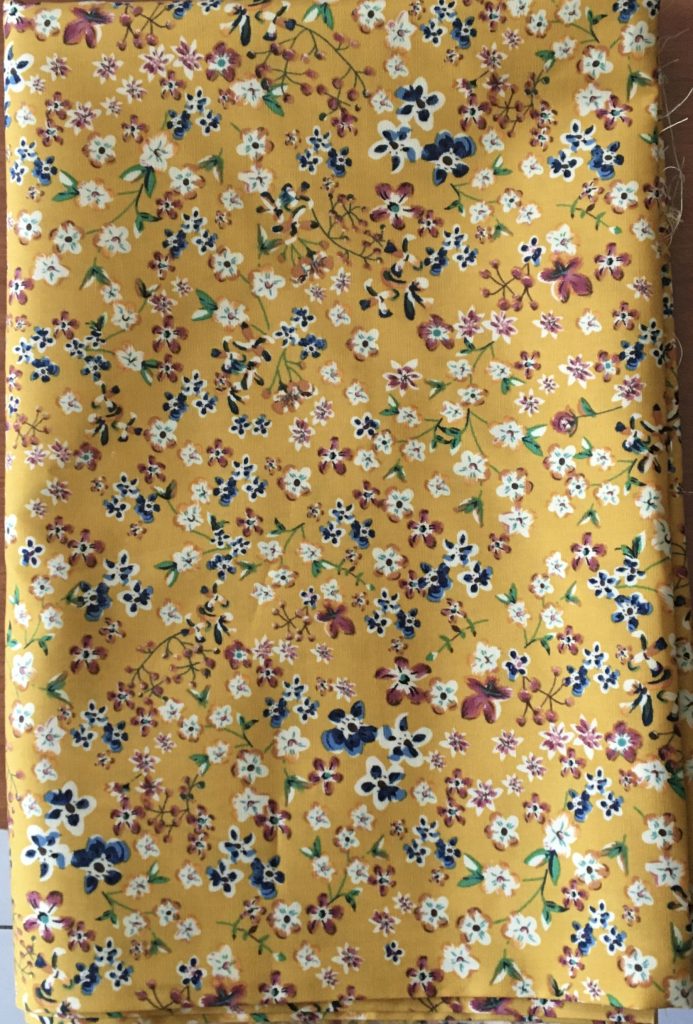
47. Habutai
48. Lawn cloth
49. Gauze
50. Corduroy
51. Crinoline here and here.
52. Net and Tulle
53. Shot silk
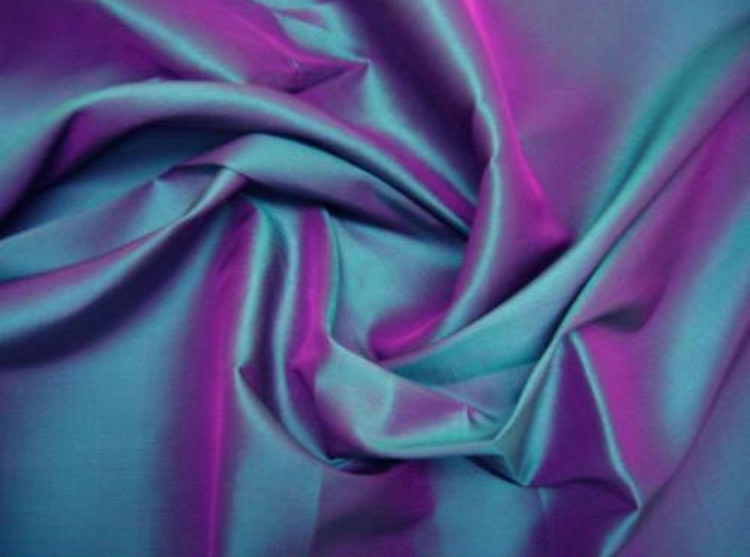
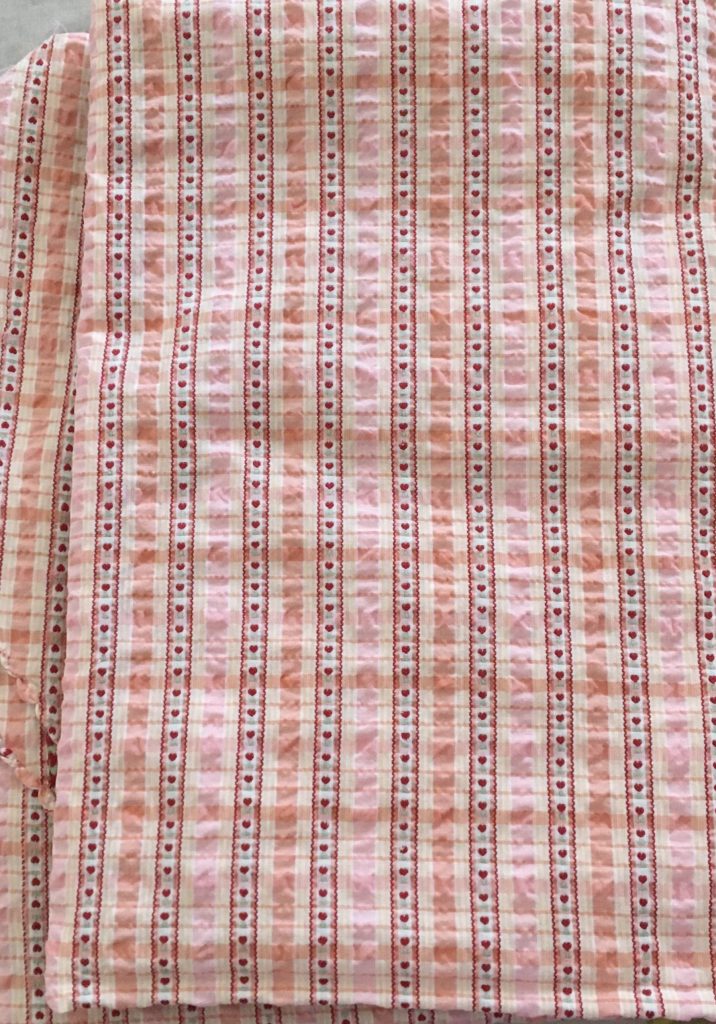
55. Cotton Drill
56. Chinos. (Also see Dockers)
57. Cluny lace and other types of lace
58. Bark cloth
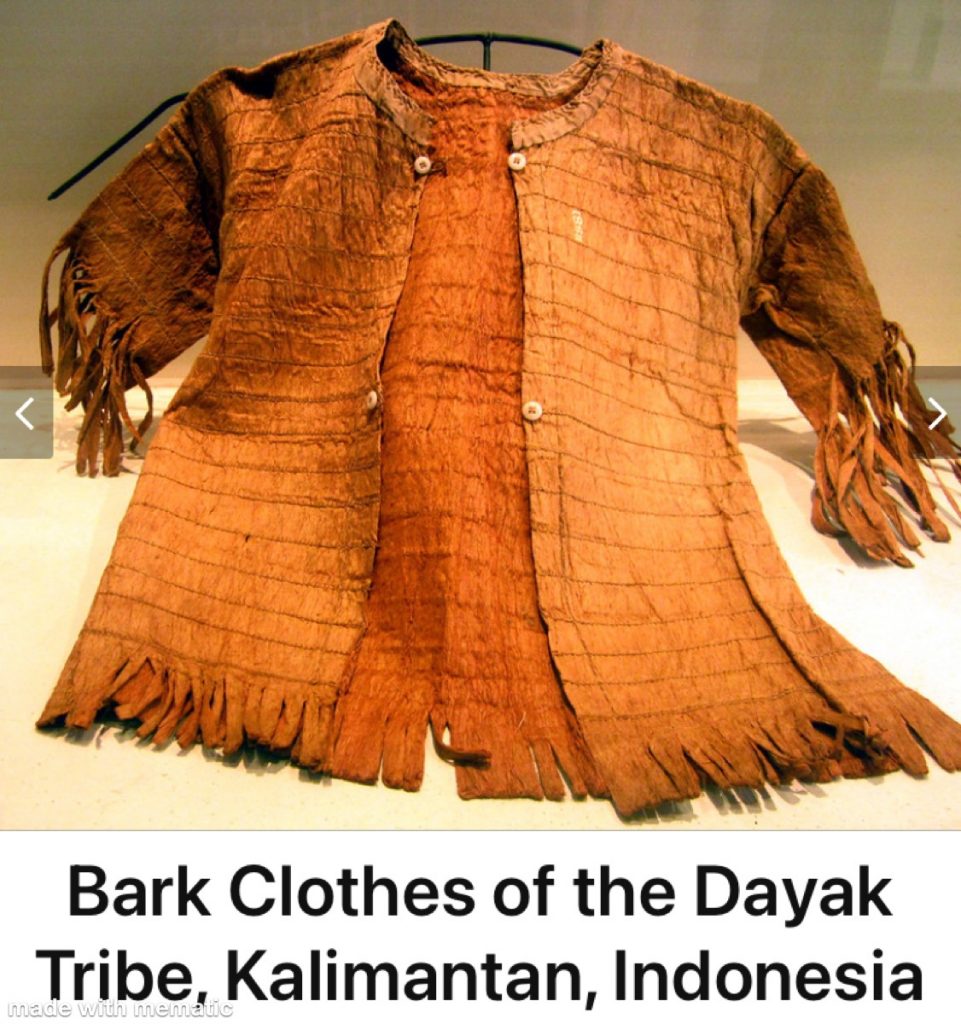
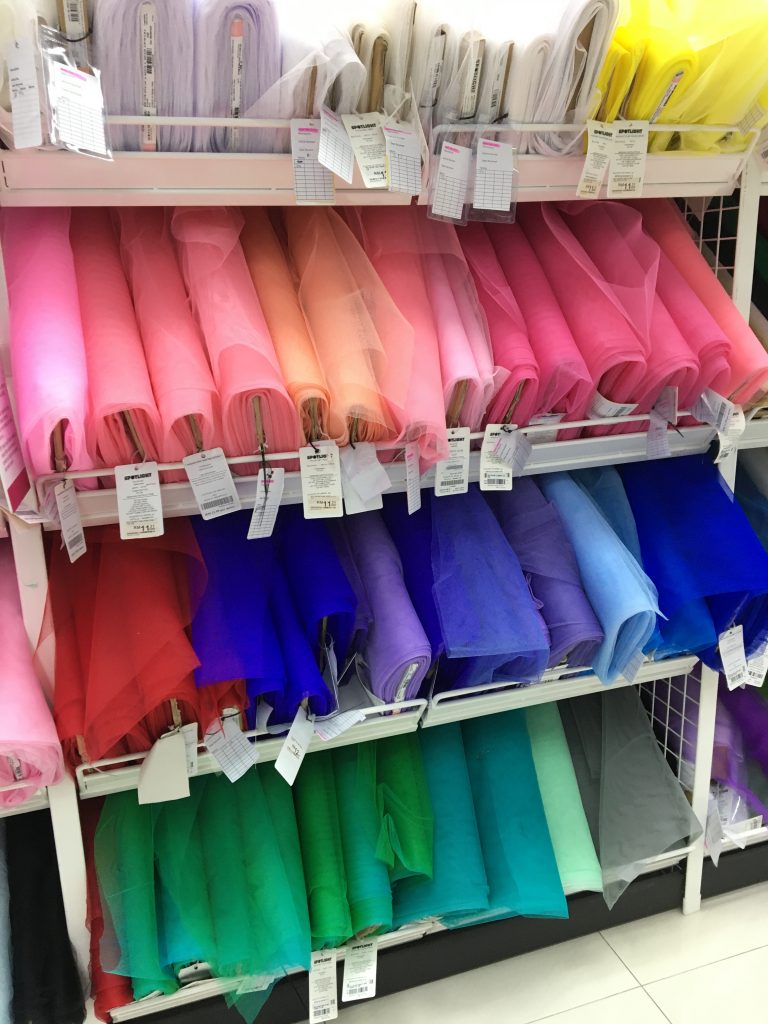
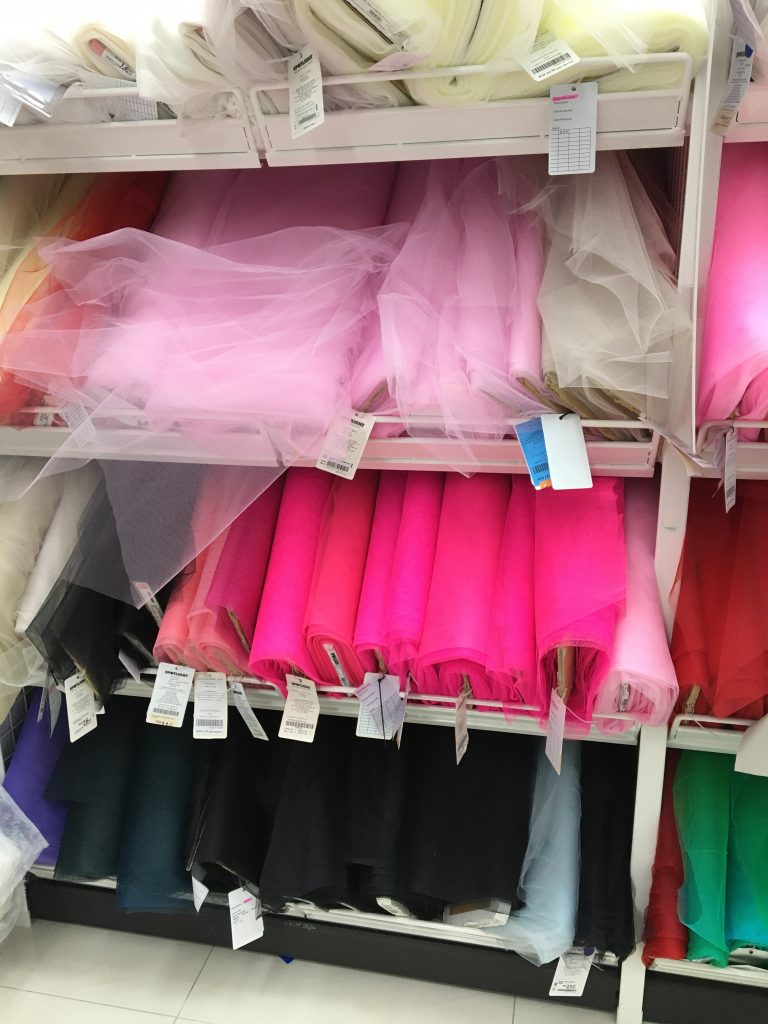
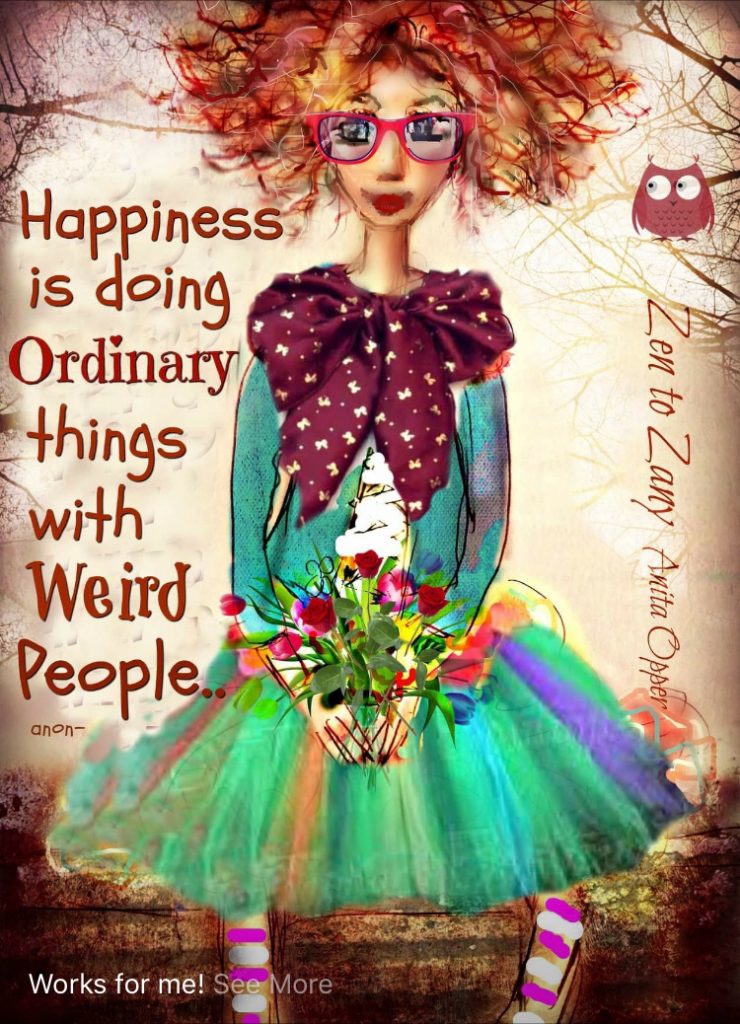
My Goldi Glamour Sewing 
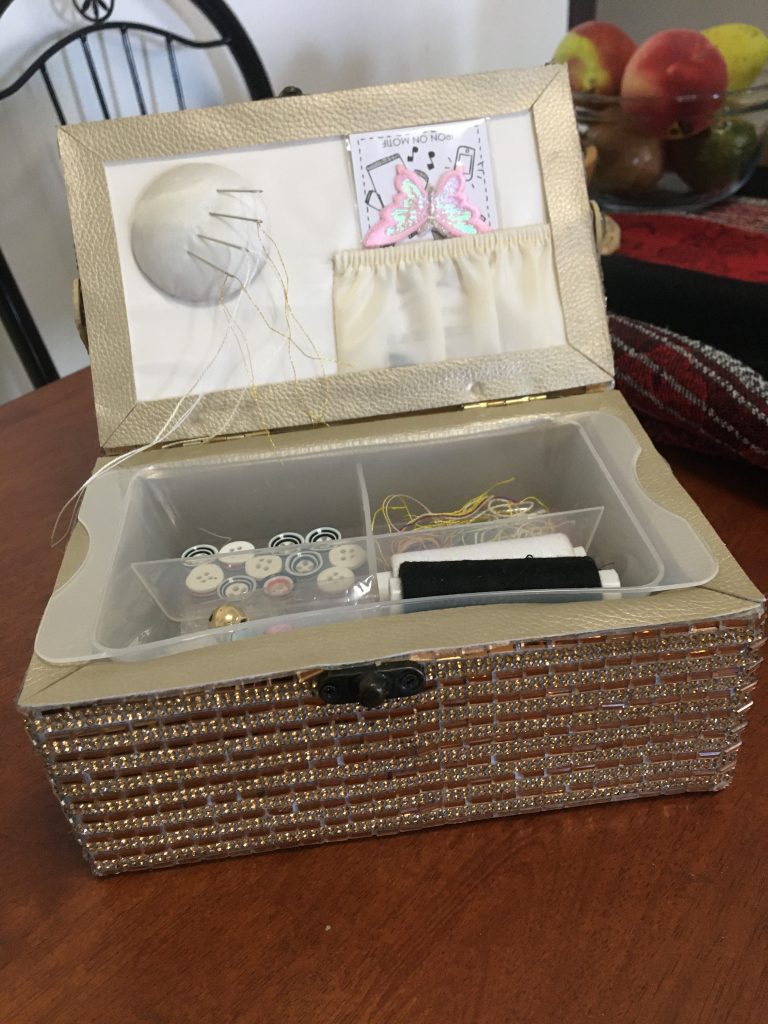
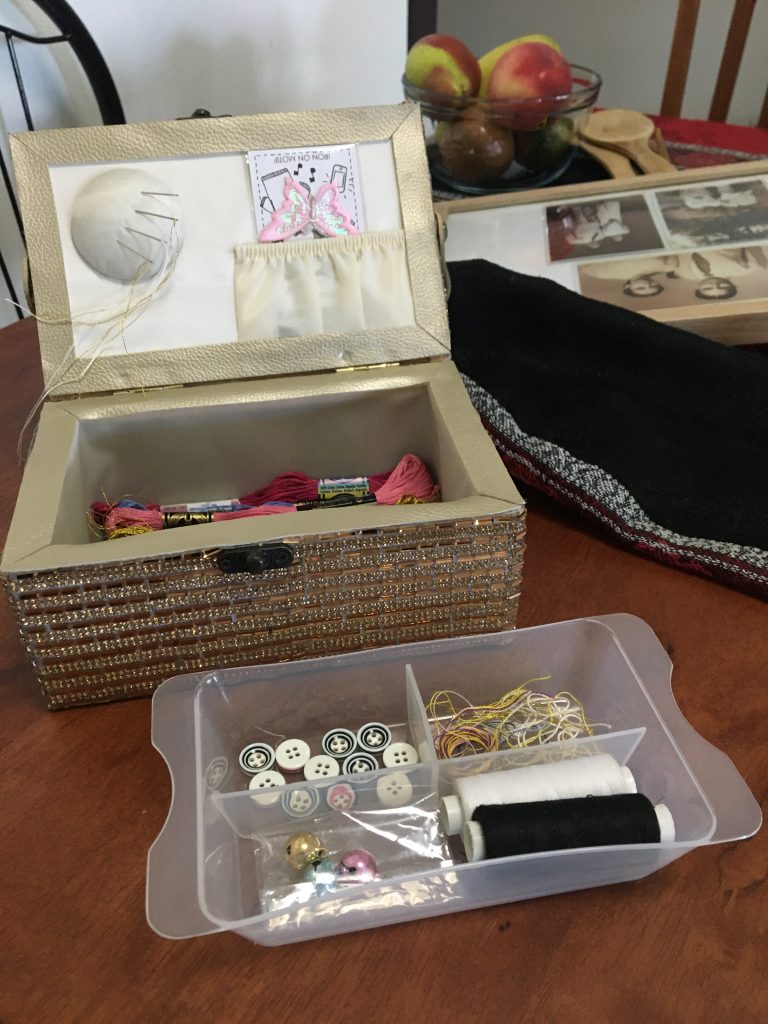
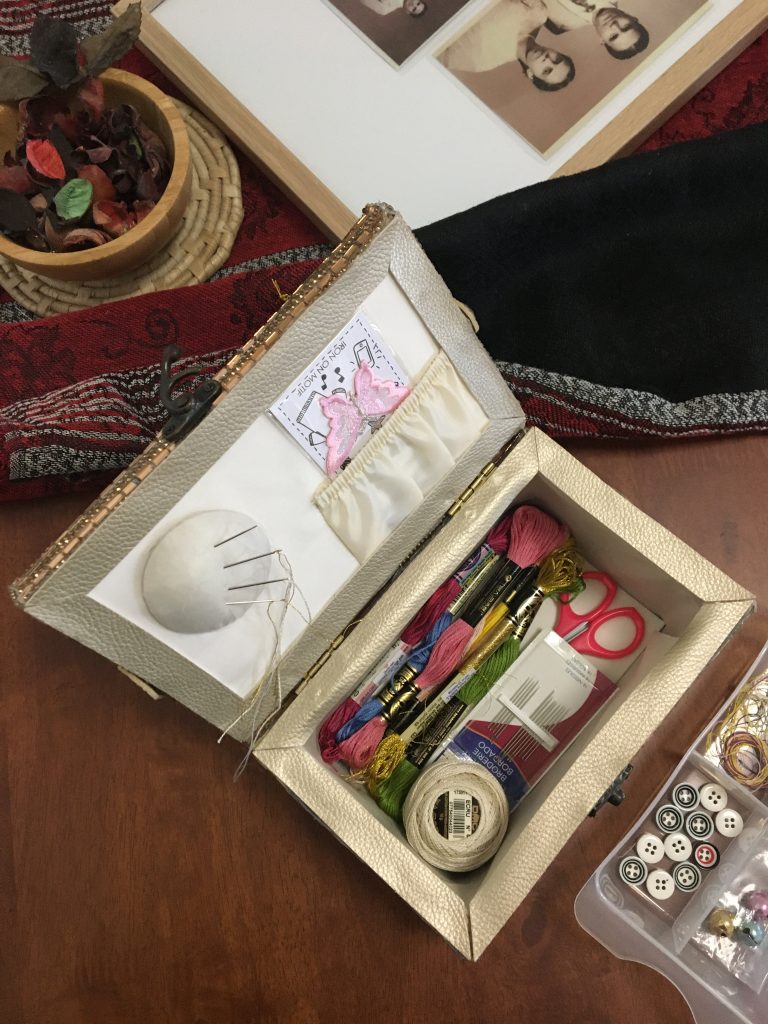
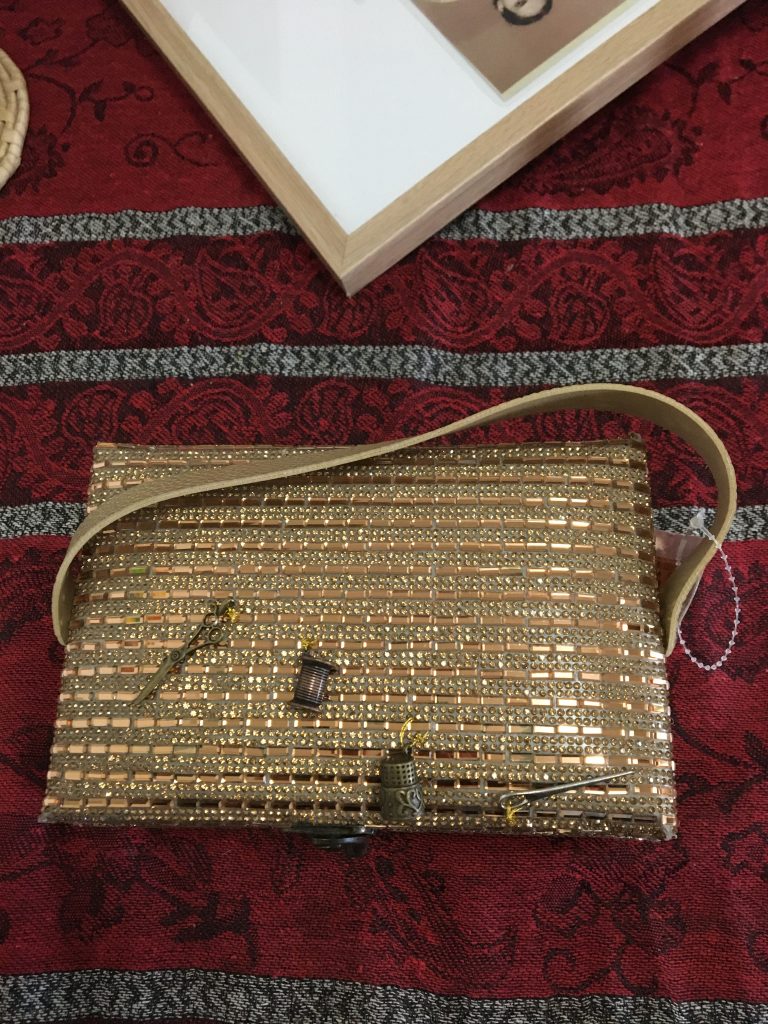
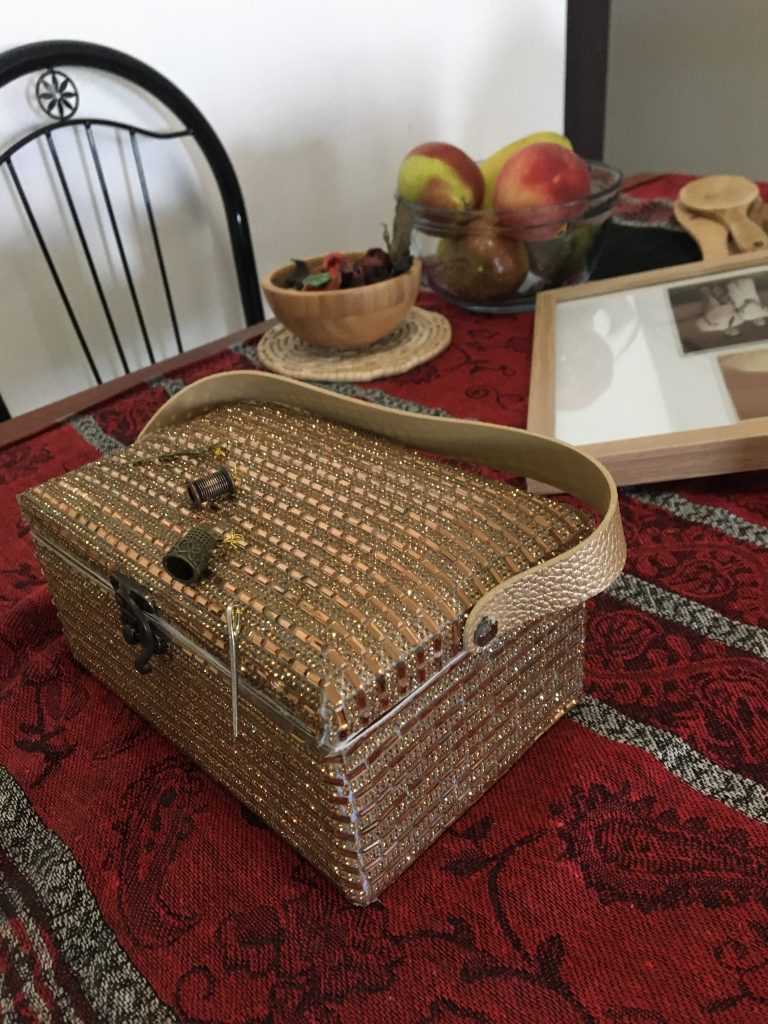
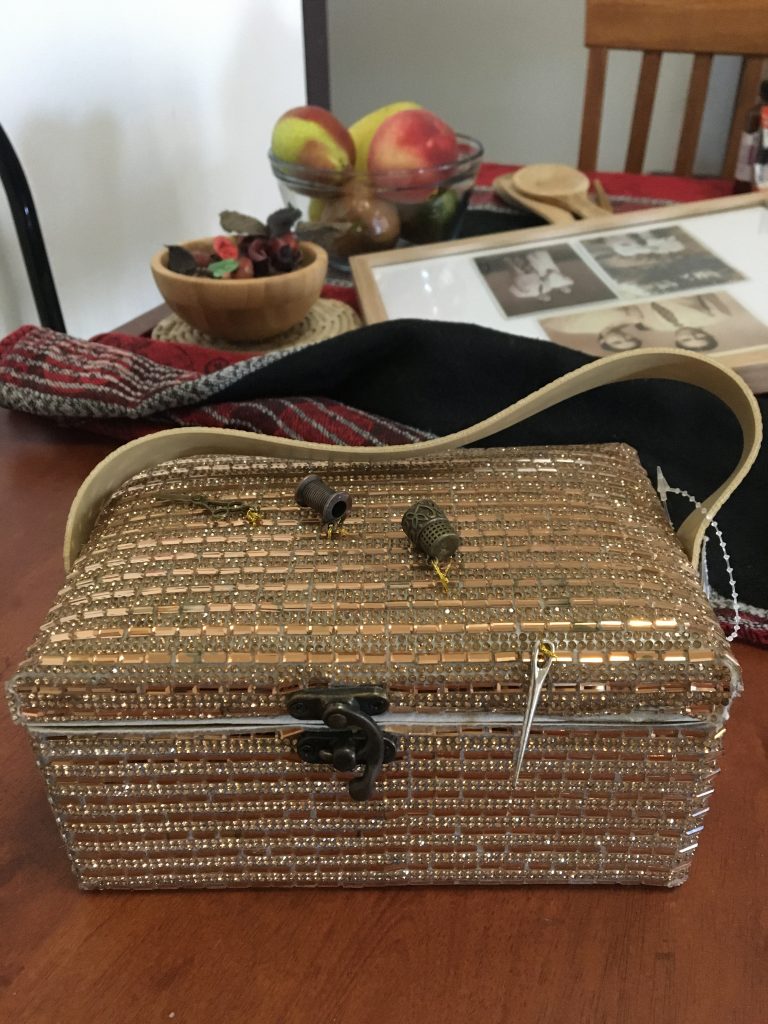
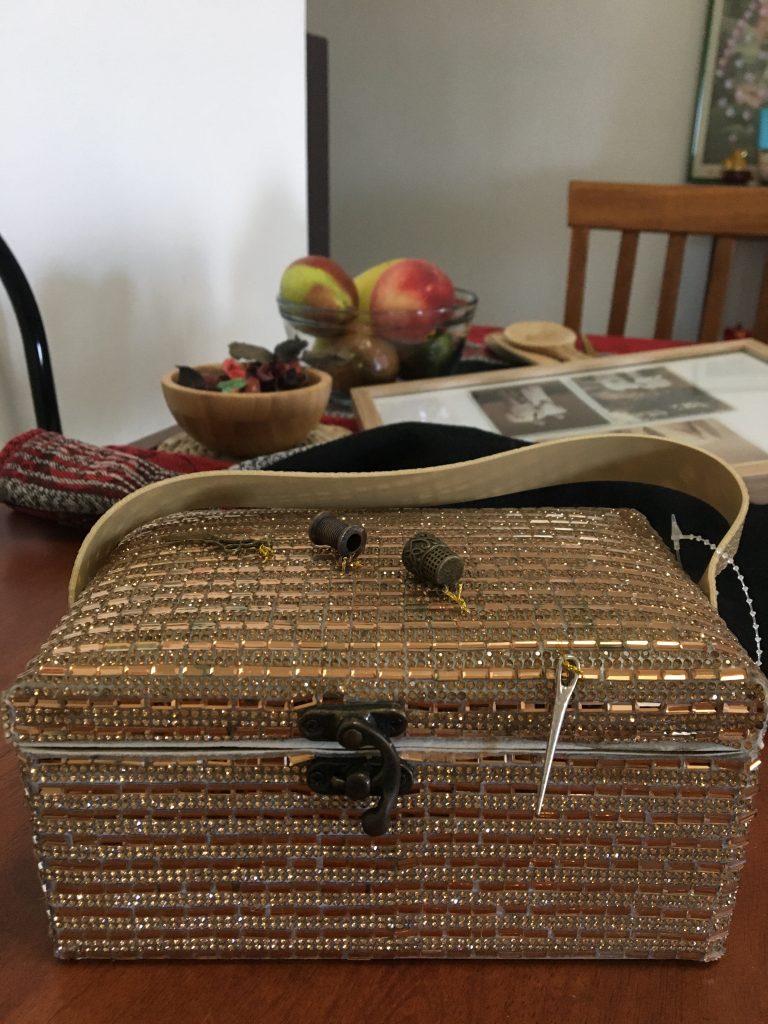
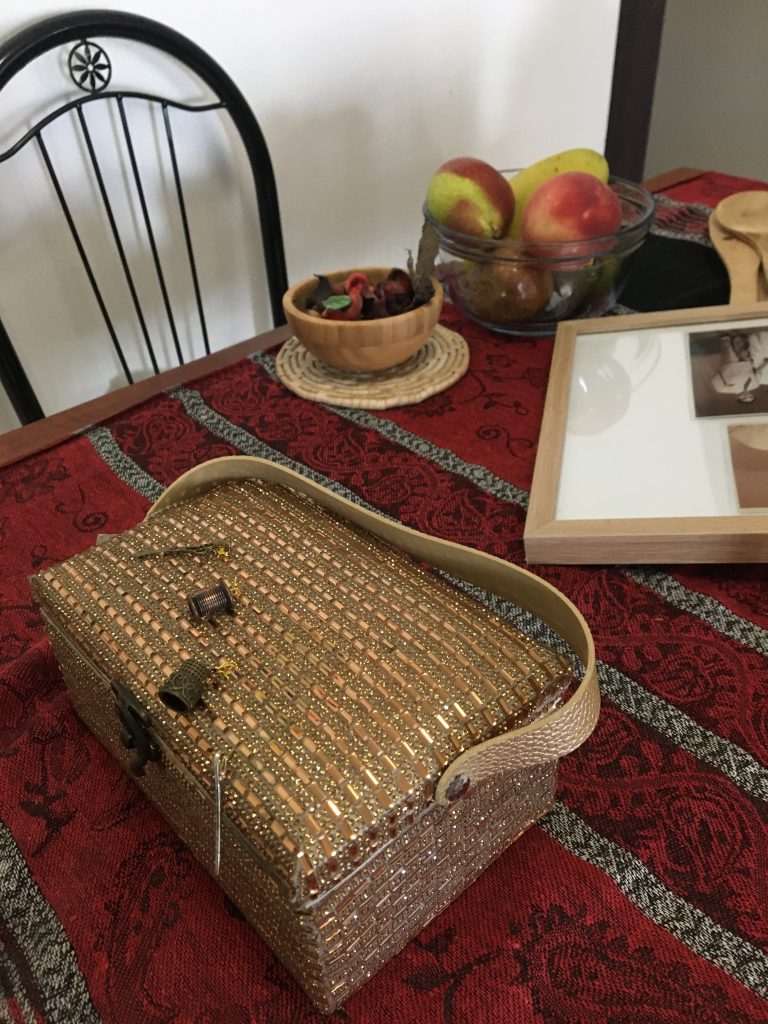
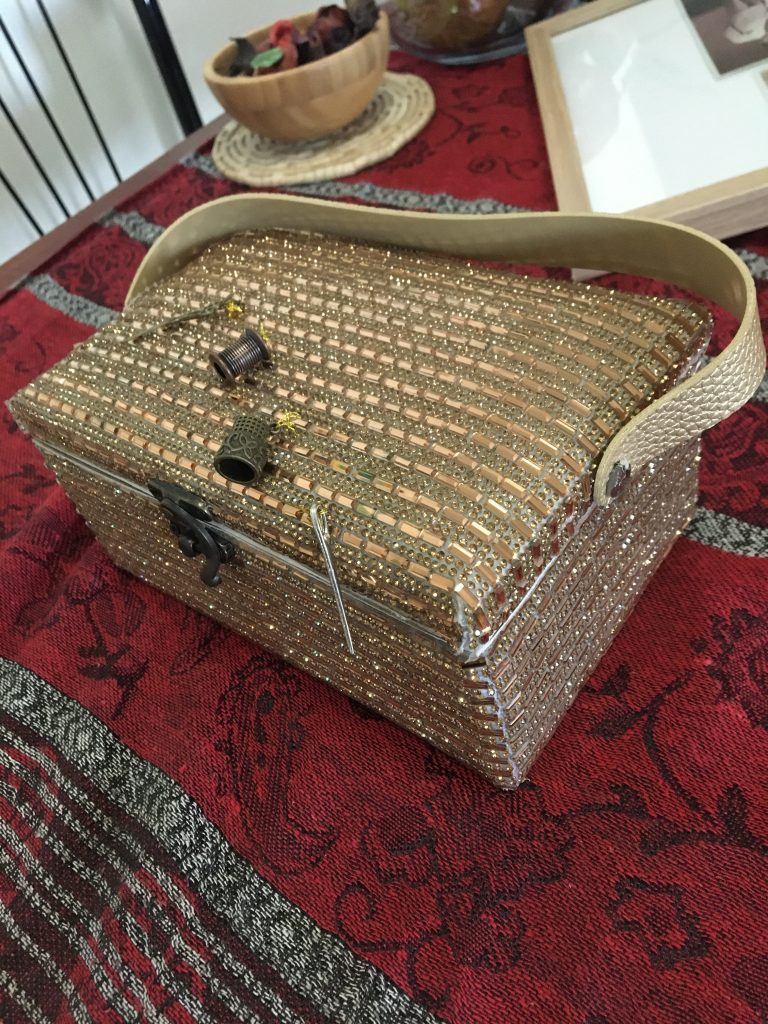
I read the biography of Coco Chanel sometime ago, (borrowed from the British Council Library in Colombo), with much glee, as it was interesting no end! Sadly I’m unable to locate the book online and I do not recall the name of the biographer.

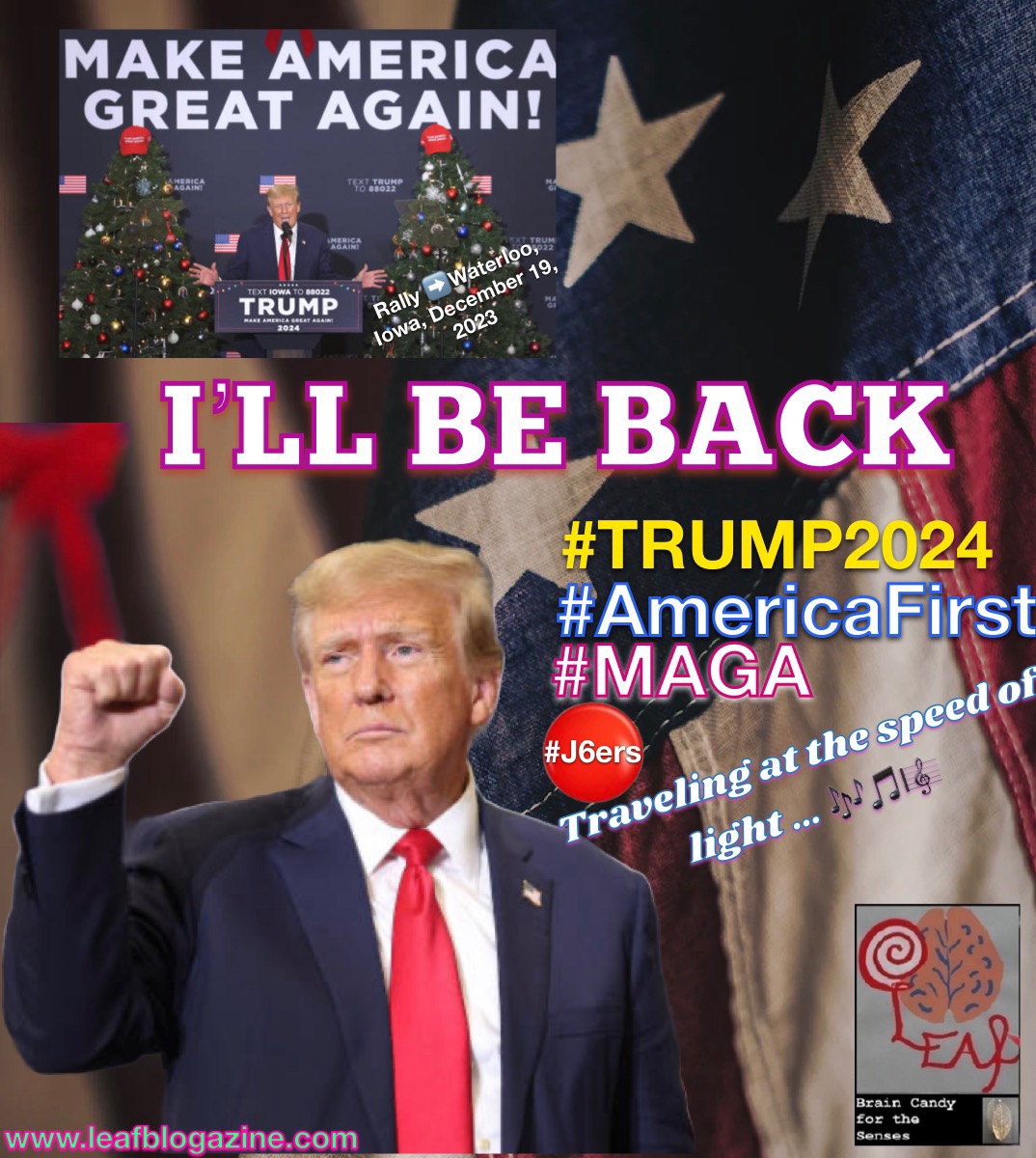
 of fabrics
of fabrics

